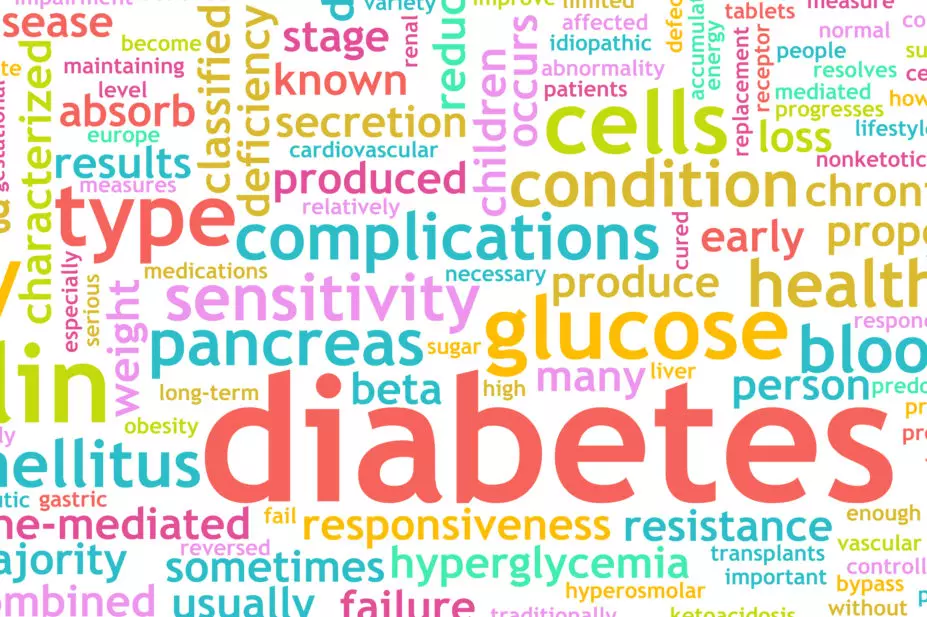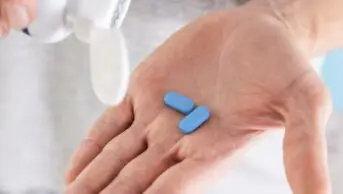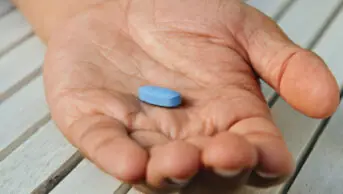
Kheng Ho Toh | Dreamstime.com
Becoming a pharmacist independent prescriber and finding an area of clinical interest were obvious steps in my career development, but without gaining acceptance from a clinic team I would have made little progress in pursuing a specialism.
I completed the practice certificate in pharmacist independent prescribing in May 2011 and during the course I focused on diabetes and cardiovascular disease management. At the time I was keen to find a prescribing role within either diabetes or cardiology. The opportunity to participate in clinic sessions presented as part of a post, with teaching commitments, at the Highland Diabetes Institute — and so I chose to focus on diabetes.
The Highland diabetes team is a well developed multidisciplinary team that includes diabetologists, diabetes specialist nurses, podiatrists, dietitians, retinopathy screening services and a psychologist — yet, before I became involved, the team had never included a pharmacist specialising in diabetes. However, with the number of new and novel antidiabetic medicines on the rise, leading to more complex treatment decisions, it became clear that a pharmacist would improve the skillmix to deliver care to this growing group of patients.
Further training
Although I had completed an MSc in clinical pharmacy as well as the independent prescribing course (with a diabetes management focus), the consultant diabetologists were keen for me to complete two dedicated diabetes management modules before seeing patients in the clinic (see Box, p27).
On reflection, completing these modules was crucial for me to practise effectively once in the clinic. They were multidisciplinary and my course group comprised three GPs, a podiatrist, a practice nurse and me as the only pharmacist. Each professional’s experience in diabetes management varied widely. On a weekly basis there were online tutorials which allowed us to discuss relevant cases and any questions we had regarding the course work. The experience also gave me a greater understanding of the roles of other healthcare professionals.
Evolution of the role
Initially I was tasked with reviewing the use in practice of the recently available glucagon-like peptide-1 (GLP-1) agonists exenatide and liraglutide. There were concerns locally about the effectiveness of these new medicines in practice, compared with in a trial setting.
Within NHS Highland, when GLP-1 agonists were first added to the local formulary, they were to be initiated by the specialist diabetes service and then ongoing monitoring for efficacy would continue between the specialist service and GPs. There has been an increase in GLP-1 agonist prescribing over the past few years with a corresponding increase in the cost of treatment. The specialist service had come under pressure to review the situation and ensure appropriateness and cost-effectiveness of continued prescribing.
GP surgeries within the locality of the Highland Diabetes Institute were contacted to provide lists of patients who had been prescribed GLP-1 agonists within the previous six months. I then screened these patients for suitability to be reviewed in my clinic. Criteria for call-up to the pharmacist-led clinic were based on national guidelines and were one or more of the following:1,2
- Over six months since last HbA1c check
- HbA1c over 8% (64mmol/mol)
- Less than 1% (11mmol/mol) drop in HbA1c
- Less than 3% drop in weight after taking a GLP-1 agonist for at least six months
This was a structured way to generate a pharmacist-specific caseload and prioritise patients to be seen at the clinic. Because all the patients had been pre-screened, I was delivering targeted pharmaceutical care to those requiring my input most. A dosage adjustment or alteration to therapy was normally required — in about a quarter of patients this would result in the withdrawal of GLP-1 agonist therapy and the initiation of insulin.
Completing the review of the patient cohort allowed me to become familiar with the systems within the specialist diabetes clinic. This, in turn, allowed me to diversify the range of patients that I was reviewing and adapt the use of my own time and skills.
Triage I have since taken over triage of patient referrals to the clinic. Any patient who I think requires an urgent appointment with one of the diabetes consultants is added to the appropriate clinic list.
There are other patients who I believe will benefit from optimised pharmaceutical management of their diabetes or a more complex antidiabetic regimen before being seen by a consultant. I conduct an initial review for these patients in my clinic.
Referrals As an extension of this service, I am also now receiving referrals from consultants and diabetes specialist nurses to help optimise patients’ antidiabetic regimens. Patients are either seen at my pharmacist-led clinic (eg, if the other healthcare professional requests a pharmaceutical review) or followed up in the community via telephone or email (eg, if the patient requires my support to titrate insulin to target).
I am also able to ensure continuity of care between consultant visits for some patients to make sure that medicines are reviewed and titrated or stopped, as appropriate.
Clinics I spend one session per week in the clinic seeing patients in 15-minute appointments. During each consultation I focus on reviewing diabetes control and cardiovascular risk reduction. I am trained to undertake phlebotomy but most patients tend to have blood taken at their GP surgery before coming to the clinic.
I have recently been involved in setting up and running a type 1 diabetes exercise clinic with one of the diabetologists. We have been providing support for patients with type 1 diabetes who want to be more physically active but lack the confidence, understanding or skill to adjust their insulin doses in relation to exercise. There is currently limited information available for such patients.
Our advice should provide them with a better understanding of how to modify insulin doses safely to avoid hypoglycaemia while still maintaining glycaemic control. In future, we hope to conduct some research in this area.
New directions
We are looking at innovative ways of reaching patients who live in remote and rural areas of the Highlands, to help tackle health inequalities they experience due to their isolation (something the Scottish Government is keen to promote3 ). Presently, I am investigating the potential for use of digital technologies to facilitate the communication of information between patients around the Highlands and specialists in our clinic.
This year I hope to pilot a move away from a referral-based service to one in which my clinic appointments are filled by patients on the waiting list for the consultant-led clinic. As a result I expect my caseload to become more complex. However, I feel confident in managing patients appropriately based on my previous experiences, and I will be able to discuss patients with the consultant at the end of the clinic — useful both for clinical governance and as a learning exercise for developing my clinical expertise.
Outline of diabetes modules
Diabetes management module
- Epidemiology and diagnosis
- Initial assessment and screening
- Lifestyle issues and change
- Oral hypoglycaemic agents
- Treatment of diabetes: diet and exercise
- Self blood glucose monitoring
- Microvascular complications
- Macrovascular complications
- Progression, prevention and referrals
Complicated diabetes management module
- Insulin use in diabetes
- Tailoring insulin management
- Management of metabolic complications
- Management of microvascular complications
- Management of macrovascular complications
- Diabetic foot complications
- Young people and diabetes
- Pregnancy and diabetes
- Psychology and diabetes
References
1 National Institute for Health and Clinical Excellence. Type 2 diabetes — newer agents (partial update of CG66). May 2009. www.nice.org.uk/cg87 (accessed 13 December 2012).
2 Scottish Intercollegiate Guidelines Network. Management of diabetes. March 2010. www.sign.ac.uk/guidelines/fulltext/116/index.html (accessed 13 December 2012).
3 Scottish Government. Better health, better care: action plan. December 2007. www.scotland.gov.uk/Publications/2007/12/11103453/0 (accessed 13 December 2012).


